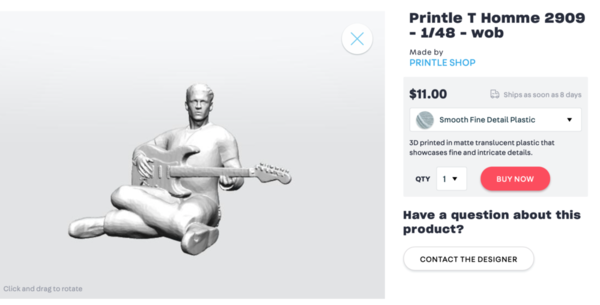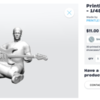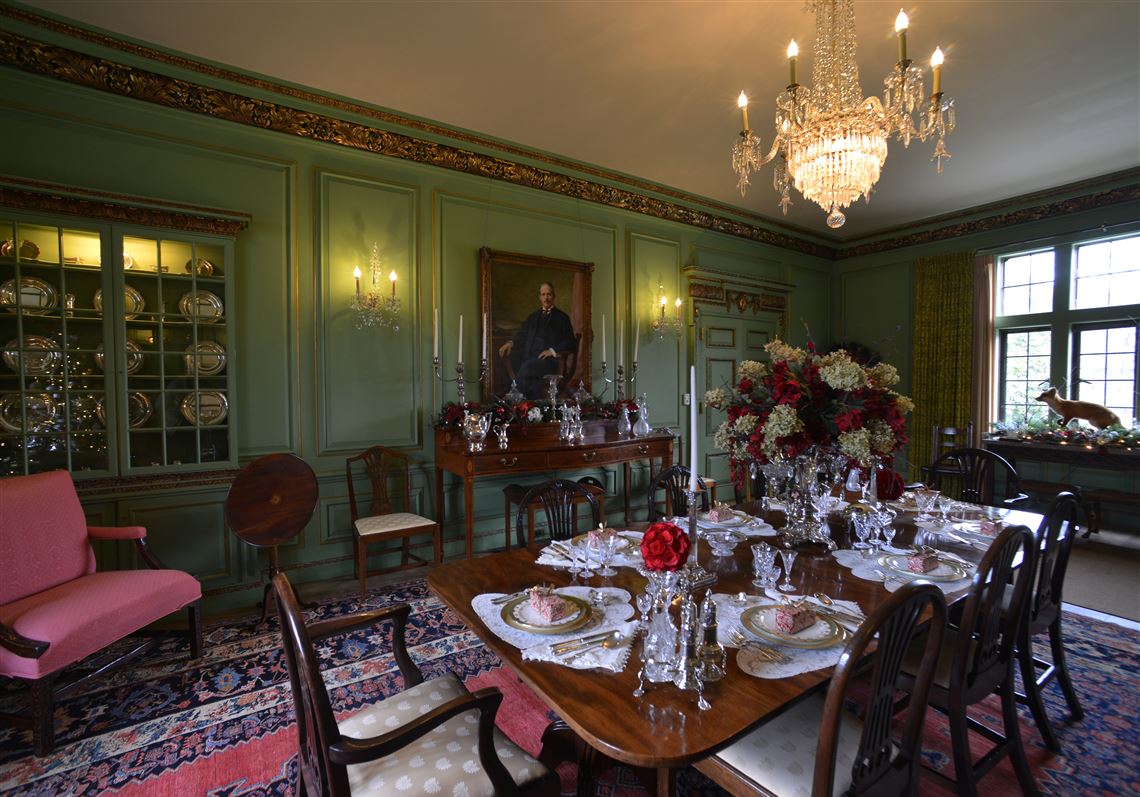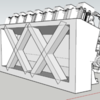Jeez, what tough crowd! You're all correct of course, but this vignette isn't being built to enter into a show, and the stumps will just be some of the clutter surrounding the joint.
Last night the ALCO print failed. While this looks bad, it's really sort of good. The raft is firmly attached to the new build plate without any pre-coating. Clearly, there were not enough supports to hold onto the big print. When this happens it's usually something you can fix in the drawing and the placement/supports in the slicer.
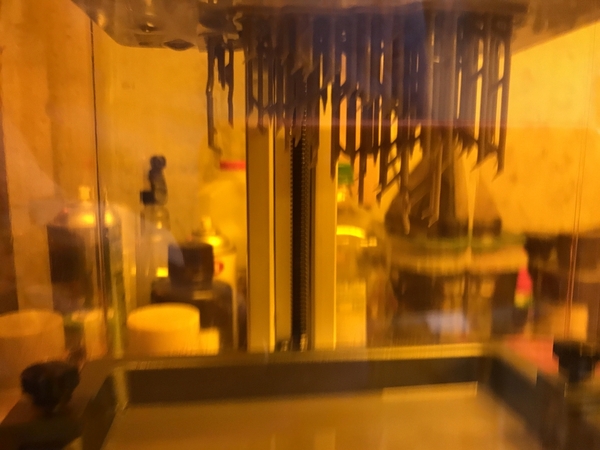
When I reviewed the slicing animation of the part, I noticed that there was a huge swatch of unbroken resin that was being pulled off the FEP. Is I first went to the drawing and removed some of the mass. I was able to push the inner walls and taper than some the block had much less material in it. When you do this you need to check the wall thickness in the X-Ray view to ensure that you're not trying to print tissue paper. The walls should be about 1/16" inch to be safe.

I then repositioned it in the slicer so the angles further minimized the amount of material being formed at the same time. Lastly, I ensured that I was using heavy supports and increased their density from 70% to 90%. The result?
A perfectly printed ALCO right half engine block. The only thing I can see that didn't print were the actual injector piping, but these are simply too fine to print under any circumstances. And the new platen is doing its job. If I want to go nuts I can drill and insert 0.010" brass wire to replace the missing injector lines. You can see some of them started forming in this image. I could see in the slicer that the lines would make islands, but the supports would be many times thicker than the part to be produced and wouldn't work. Removing the support would remove the detail too. I'm very happy that the new plate is getting a good grip without the mess of pre-coating.

While the printer was humming away I got back to building up the site for the Cabin. I wanted the access road to wrap around the building coming from near the pond. Any other route would have it coming directly from the engine house and I really want these two things to sort of exist in separate locals. You have to use your imagination.
After sketching out the road's path I realized I needed to add back cardboard material to widen the cardboard base. I had some of the scraps left from the original cutting for one section, but yesterday night was trash night I dumped all the big cardboard trimmings. Of course, the second I did that I would need some of those scraps the next day… Murphy..
For this piece I first traced the edge onto some strathmore, cut it and then traced the pattern onto the thick stuff. I glued it on with Aleen's.
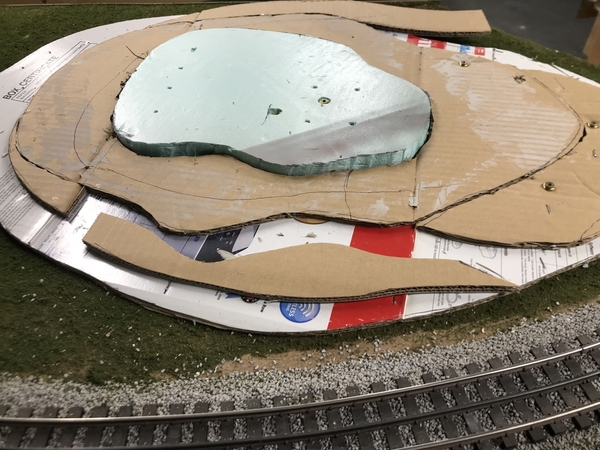
On the front side I had to build up the entire topography so the road would be somewhat level leaving the property. It took four layers of cardboard. BTW: If you're planning on doing a serious terrain work and you don't want to spring for Woodland Scenics stuff or schlepping to Lowe's for insulation foam, just save the myriad boxes that you have and use that. The really good stuff is from TVs and Printers. You need a good, sharp utility knife blade and you need to take you time taking a series of light cuts to follow the contours. The road cross the layout door hinge line and I had to manage that. It was just a small complication. Some of the parts needed a remake, but the raw material is really cheap. If it ain't right, just do it over until it is. Again, I used screws with dress washed to pull it all down tightly.

Here is the paper pattern used to cut the extender part on the back side of the oval.

The top two surfaces are glued and I used "gravity clamps" to hold it all tight until dry. I'm letting this sit until Monday. You can see the flush edge at the hinge line.
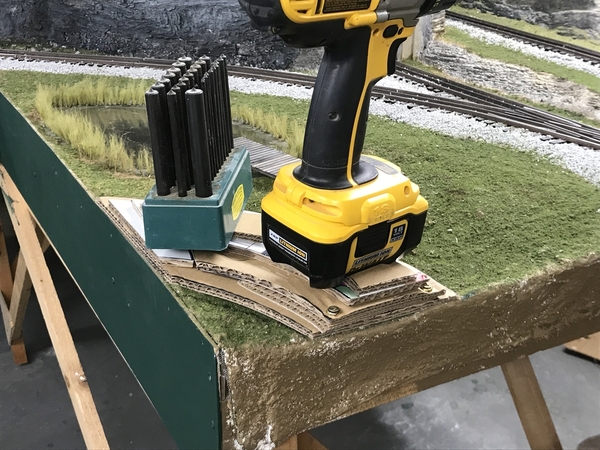
Here is the entire site aerial view. Because of the big, wedge-shaped gap between the engine house and the cabin, the two can be view as being apart, probably miles apart.
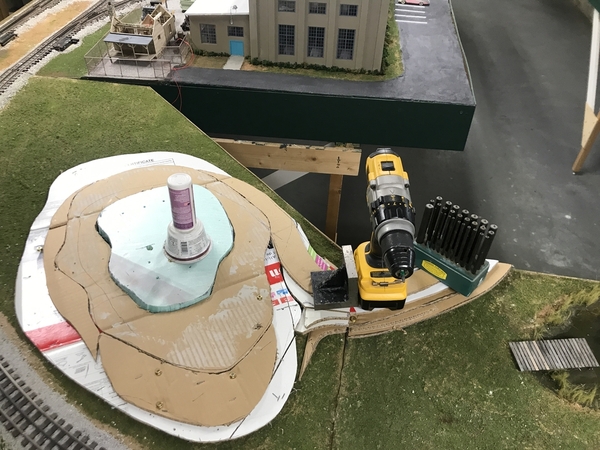
I took this image just for fun. It's the collection of all the parts I printed for the House. I started counting them, but gave up. Not evident is the number of pieces included in the stair case. If I had to pay to have this all done, it would have been very expensive. When the laser cutting is done I'm going to attempt to photograph ALL the parts just for fun.

On Monday, I will start getting my gloved hands dirty beginning all the plaster work to turn a pile of cardboard into a scene.
So all y'all have a happy, safe, socially distanced 4th holiday. We're living in strange times, but we will eventually prevail.




